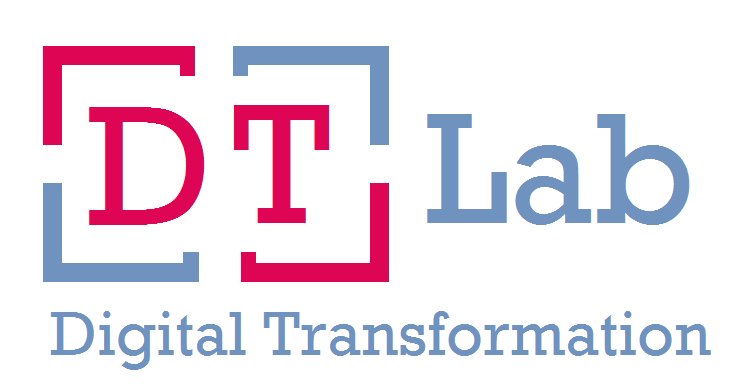di Marco Paiola
(leggi in italiano) Nowadays, a pervasive and shocking phenomenon is involving firms. It goes under the different names of Industry 4.0 (after the German industrial program), digital transformation or digital disruption (preferably adopted by others than German and Italian); it is based on AI and technologies like IOT, IIOT, Cloud platforms, Big Data analysis, Smart Products and Services. What does this have to do with servitization? It’ll be very clear in a minute.
Since its inception, in the mid ‘80s, manufacturing servitization challenged the traditional manufacturing mindset, founded on product-based strategies basically using goods’ features and performances as main differentiation weapons. In fact, servitization’s aim has been to depart from just thinking of how to produce better products and sell them with a profit, and to leverage on what in 1983 Theodore Levitt referred to as the moment “after the sale is over”. In fact, designing and crafting an excellent product was becoming (and still is) no longer enough to survive in many industries.
Unfortunately, notwithstanding its potentially revolutionary importance, servitization has encountered a series of insidious pitfalls and persistent shortcomings, that have dramatically slowed down the pace of the transformation that was being envisioned: only a few number of selected manufacturers succeeded in combining goods and services into some structured form of what Reinartz and Ulaga called “Hybrid Offerings” in a famous 2011 article on the Journal of Marketing.
Technologies like IOT transform dumb goods into smart products, simply adding relatively low-budget local computing power and communication capabilities. Even a tiny mass-market object (let alone a multi-million industrial capital good), normally standing solitary in its beautiful mutism, can be turned into an interactive device able to connect to other devices and to companies’ servers, and tell stories. Stories regarding the way products are being used by customers. Stories that could be very useful, practically speaking.
Stories don’t come for free.
They come from information that in turn come from data, and in order to tell interesting tales regarding the customers, firms must adopt a long-term strategy for data, what Mayer-Schonberger and Cukier named the “big data mindset”. They have to fit themselves with the technologies and competences useful to analyse and understand the potentially enormous flow of data generated by IOT and IIOT (according to the 2018 Ericsson’s Mobility Report by 2023 the number of IOT connected devices will be around 20 billion!).
Data and information regarding the customers are being constructed by the means of different hardware and software technologies, but once the digital infrastructure has been settled, data analysis and the new generation of Business Intelligence solutions are at the core of this transformation: observing and studying the way in which the customer uses the product, firms will be able initially to figure out a set of improvements regarding the product itself, such as perfecting performances and upgrading features based on real customer utilization. Moreover, firms can figure out new and different products, as well as a whole new world of services that can be supplied along with the product, in order to satisfy actual and latent desires and needs that the customer may somehow show.
Starting from better basic product- supporting services, like upgraded warranties and maintenance programs, firms can experiment increasingly sophisticated business models like performance-based contracting, where given service levels are granted. Capitalizing on the customer-related knowledge built on data, they can reinterpret their strategic nature, shifting the object of supplier-customer relations from ownership of a product to the access to its utilization, like in the case of pay-per-use or renting contracts.
The challenge that the new digital scenario triggers is therefore to move toward the design and supply of services supporting the customer, not merely the product that he buys from us.
The challenge is to use companies’ knowledge outside the cultural boxes of the company’s manufacturing tradition and identity, that still obstacle an effective and pragmatic considerations of the opportunities that digital transformation brings about.
As emerges from DT-Lab’s field research, a number of Italian medium-sized BtoB manufacturing companies are working on this transformation, showing that being open-minded and seriously experimenting some move in the digital transformation of the business is possible and favourable.
Connected products are transforming both business and consumer markets landscapes, making space for brand new data-based service-oriented solutions: innovative firms are beginning to use services in order to create entirely new business models, finally migrating from the product-centric approaches to (digital) service-oriented ones.
The digital transformation (“servitization”) has already begun, what is your company doing?
